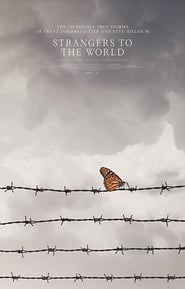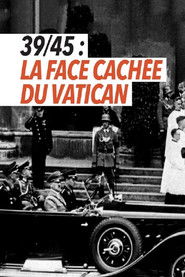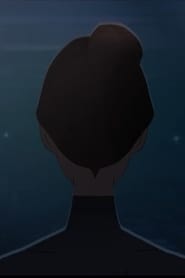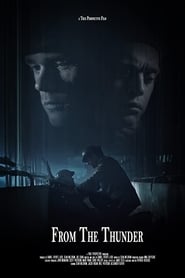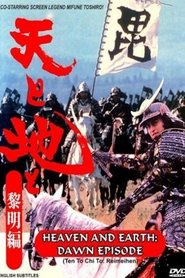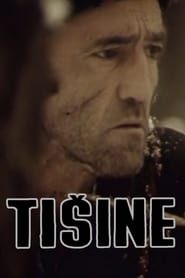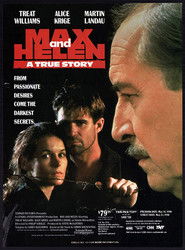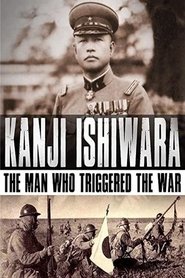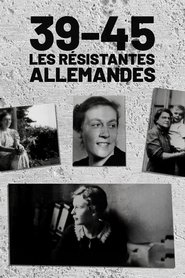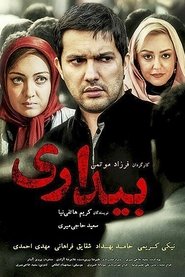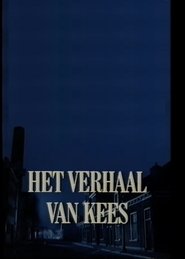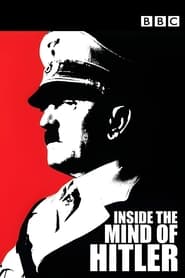Top Rated War Movies on Tub Tv - Page 317
-
Strangers To The World
2020
star 5A short documentary about the lives of Etty Hillesum and Franz Jaegerstaetter. -
Operation Anaconda: The Battle of Roberts' Ridge
2004
star 6An Army Ranger quick reaction force attempts to rescue a patrol pinned down on a mountaintop in southeast Afghanistan. They have no idea that within twelve hours five of them will lie dead in the mountain snow after an intense and deadly battle. -
Two War Images
2020
-
Détruisez Paris !
2012
-
Sedição de Juazeiro
2012
-
Au Moulin Rouge
2016
Au Moulin Rouge
2016
star 51950. Agathe is preparing to audition for the Moulin Rouge, with the stress she recalls her past to overcome his fears . -
From The Thunder
2019
From The Thunder
2019
star 6When three Canadian soldiers encounter a lone German scout, their sense of morality is weighed against their sense of duty. -
Heaven and Earth: Dawn Episode
1990
star 10Some of the greatest battles during the Age of Civil Wars were fought between the Uesugi and Takeda clans. Leading up to them was the incredible life of Uesugi Kenshin, who rose from a son out of favor with his... -
Silences
1972
Silences
1972
star 7In the winter of 1941, Nazi forces pass through the village of Dolovi. No dialogue. -
Max and Helen
1990
Max and Helen
1990
star 6In trying to bring a former concentration camp commandant to justice, Nazi-hunter Simon Wiesenthal uncovers the tragic story of two lovers separated by the war. -
Kanji Ishiwara: The Man Who Triggered the War
2012
star 5Most people think that World War II started on September 1st, 1939, when the Germans invaded Poland, and then spread to Asia on September 7th 1941, after the Japanese attacked Pearl Harbor. However, World War II actually started ten years earlier, when Manchuria was invaded by a now-forgotten Japanese general: Kanji Ishiwara. This is the little known truth about the most famous war in history. -
1939/1945: German Women Against Hitler
2020
star 9Coming from all social strata, a priory model citizens of the Third Reich, one thing unites these women: hatred against the Hitler regime and the desire to end the Führer. -
Awakening
2008
Awakening
2008
star 2After a car accident Zahra loses her memory. Psychiatrists are desperate about the case while Zahra is in search for her lost daughter. After 24 years she is awake once again and begin to search for her then 6 years old girl but everything is different now. -
The Story of Kees
1989
The Story of Kees
1989
star 7This TV-film is based on a single play written by Willem Wilmink. Life in the war years through the innocent eyes of a child. Kees is ten years old and the Second World War seems strange to him. He becomes sick with fear and is sent to the countryside where life is even stranger, but at least he gets to eat. -
War Hero
2020
-
Wife of a Kamikaze
2015
Wife of a Kamikaze
2015
star 8In June 1945 Yamauchi Fusako goes alone to Manchuria where her husband, Setsuo, a second lieutenant of the Kwantung Army, is based. At that time, 200,000 Japanese had settled in Manchuria, a Japanese occupied territory, as settler communities. Fujita Hideo’s family worked hard to clear the wilderness, but the Soviets are lying in wait for an invasion of Manchuria from the North. Fusako is safely reunited with her husband at the headquarters of the Kwantung Army’s Fifth Training Squadron in Manchuria’s Dahushan. Setsuo also takes good care of his beloved wife, but his position is an instructor to the young soldiers who will eventually carry out suicide attacks. He wonders if he should have summoned her and speaks of these mixed feelings to his commanding officer, Michiba Kazuo, a first lieutenant. Michiba is concerned about Setsuo’s attempts to cherish his wife before the coming showdown on homeland. Fusako learns about life in Manchuria from Michiba’s wife, Etsu. -
Inside the Mind of Adolf Hitler
2005
star 6During World War II, a psychological analysis of the person Adolf Hitler was prepared in the United States in the hope of predicting his strategies. -
The Secret Weapon That Won World War II
2017
star 7Discover how a small Florida town called Boca Raton was the site of a top-secret military project during World War II. Thousands of airmen were tasked with learning the ins and outs of an emerging technology known as airborne radar. See how this tiny device turned the tide of World War II for Allied forces.
 Netflix
Netflix
 Amazon Prime Video
Amazon Prime Video
 Apple iTunes
Apple iTunes
 Apple TV Plus
Apple TV Plus
 Disney Plus
Disney Plus
 Google Play Movies
Google Play Movies
 Paramount Plus
Paramount Plus
 Hulu
Hulu
 HBO Max
HBO Max
 YouTube
YouTube
 fuboTV
fuboTV
 Peacock
Peacock
 Peacock Premium
Peacock Premium
 Amazon Video
Amazon Video
 The Roku Channel
The Roku Channel
 AMC+
AMC+
 Kocowa
Kocowa
 Hoopla
Hoopla
 The CW
The CW
 Vudu
Vudu
 Starz
Starz
 Showtime
Showtime
 PBS
PBS
 Pantaflix
Pantaflix
 FXNow
FXNow
 Tubi TV
Tubi TV
 Kanopy
Kanopy
 Comedy Central
Comedy Central
 Crunchyroll
Crunchyroll
 Microsoft Store
Microsoft Store
 Redbox
Redbox
 Sun Nxt
Sun Nxt
 ABC
ABC
 DIRECTV
DIRECTV
 Crackle
Crackle
 Fandor
Fandor
 Plex
Plex
